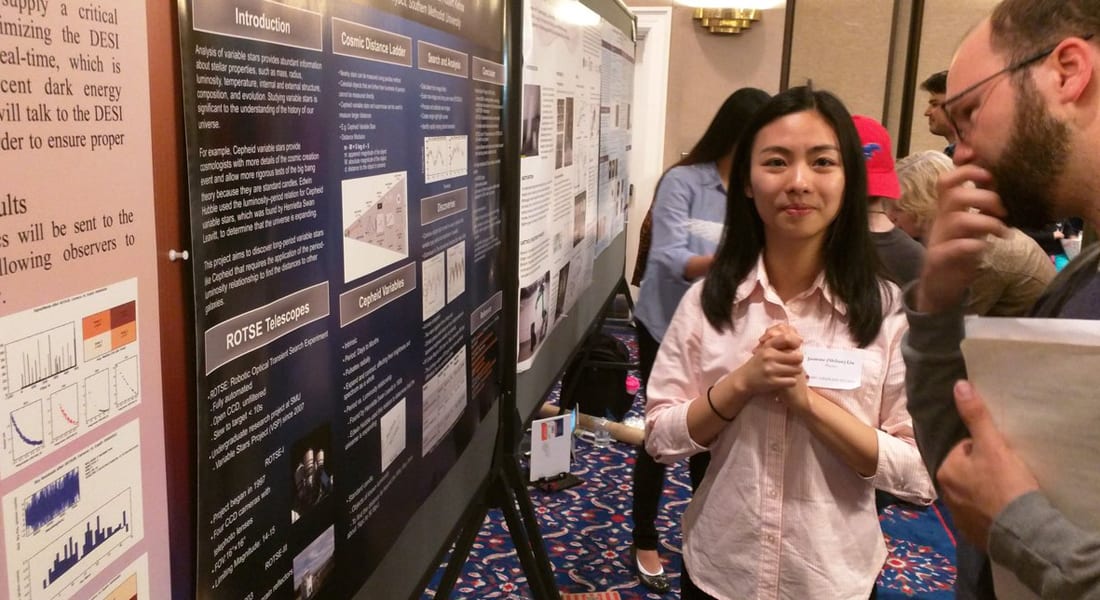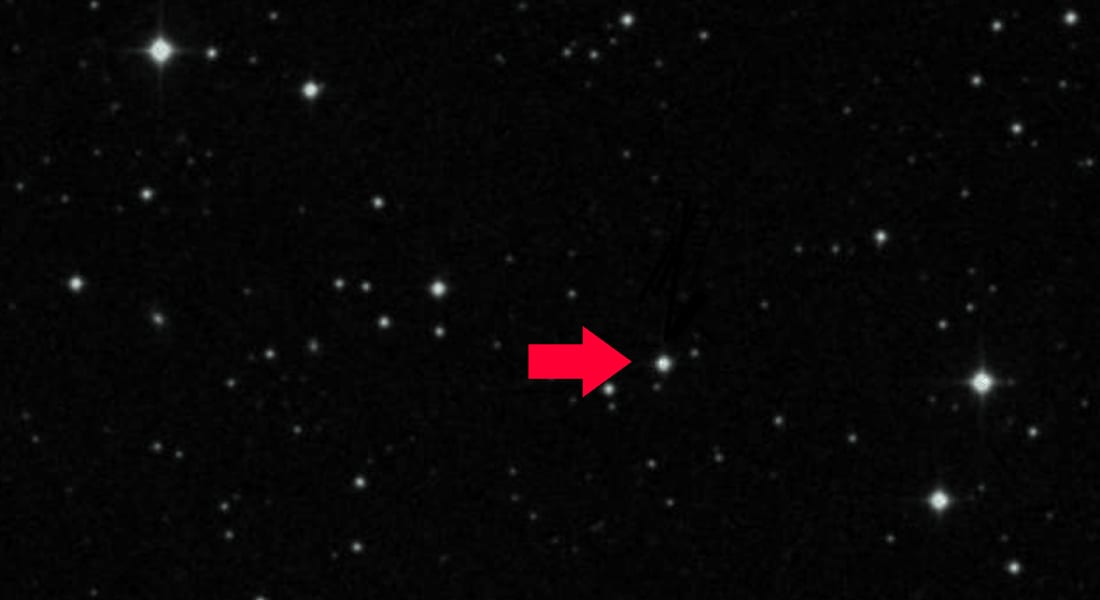The best in SMU undergraduate and graduate research work was on full display at Research Day in the Hughes Trigg Student Center.
More than 150 graduate and undergraduate students at SMU presented posters at SMU Research Day 2017 in the Promenade Ballroom of Hughes-Trigg Student Center Ballroom on March 28.
Student researchers discussed their ongoing and completed SMU research and their results with faculty, staff and students who attended the one-day event.
Explaining their research to others is a learning experience for students, said Peter Weyand, Glenn Simmons Professor of Applied Physiology and professor of biomechanics in the Department of Applied Physiology and Wellness in SMU’s Annette Caldwell Simmons School of Education and Human Development.
“Research Day is an opportunity for SMU students to show off what they’ve been doing at the grad level and at the undergrad level,” Weyand said, “and that’s really an invaluable experience for them.”
Posters and presentations spanned more than 20 different fields from the Annette Caldwell Simmons School of Education & Human Development, the Bobby B. Lyle School of Engineering, Dedman College of Humanities and Sciences and SMU Guildhall.
“It’s a huge motivation to present your work before people,” said Aparna Viswanath, a graduate student in engineering. Viswanath presented research on “Looking Around Corners,” research into an instrument that converts a scattering surface into computational holographic sensors.
The goal of Research Day is to foster communication about research between students in different disciplines, give students the opportunity to present their work in a professional setting, and to share the outstanding research being conducted at SMU.
The annual event is sponsored by the SMU Office of Research and Graduate Studies.
View highlights of the presentations on Facebook.
Some highlights of the research:
- Adel Alharbi, a student of Dr. Mitchell Thornton in Lyle School’s Computer Science and Engineering presented research on a novel demographic group prediction mechanism for smart device users based upon the recognition of user gestures.
- Ashwini Subramanian and Prasanna Rangarajan, students of Dr. Dinesh Rajan, in Lyle School’s Electrical Engineering Department, presented research about accurately measuring the physical dimensions of an object for manufacturing and logistics with an inexpensive software-based Volume Measurement System using the Texas Instruments OPT8241 3D Time-of-Flight camera, which illuminates the scene with a modulated light source, observing the reflected light and translating it to distance.
- Gang Chen, a student of Dr. Pia Vogel in the Department of Chemistry of Dedman College, presented research on multidrug resistance in cancers associated with proteins including P-glycoprotein and looking for inhibitors of P-gp.
- Tetiana Hutchison, a student of Dr. Rob Harrod in the Chemistry Department of Dedman College, presented research on inhibitors of mitochondrial damage and oxidative stress related to human T-cell leukemia virus type-1, an aggressive hematological cancer for which there are no effective treatments.
- Margarita Sala, a student of Dr. David Rosenfield and Dr. Austin Baldwin in the Psychology Department of Dedman College, presented research on how specific post-exercise affective states differ between regular and infrequent exercisers, thereby elucidating the “feeling better” phenomenon.
- Bernard Kauffman, a Level Design student of Dr. Corey Clark in SMU Guildhall, presented research on building a user interface that allows video game players to analyze vast swaths of scientific data to help researchers find potentially useful compounds for treating cancer.
Browse the Research Day 2017 directory of presentations by department.
See the SMU Graduate Studies Facebook page for images of 2017 Research Day.
See the SMU Anthropology Department photo album of Research Day 2017 poster presentations.
According to the Fall 2016 report on Undergraduate Research, SMU provides opportunities for student research in a full variety of disciplines from the natural sciences and engineering, to social sciences, humanities and the arts. These opportunities permit students to bring their classroom knowledge to practical problems or a professional level in their chosen field of study.
Opportunities offered include both funded and curricular programs
that can be tailored according to student needs:Students may pursue funded research with the assistance of a
variety of campus research programs. Projects can be supported
during the academic year or in the summer break, when students
have the opportunity to focus full-time on research.Students may also enroll in research courses that are offered in
many departments that permit them to design a unique project,
or participate in a broader project.Students can take advantage of research opportunities outside
of their major, or design interdisciplinary projects with their faculty
mentors. The Dedman College Interdisciplinary Institute supports
such research via the Mayer Scholars.
View videos of previous SMU Research Day events:




